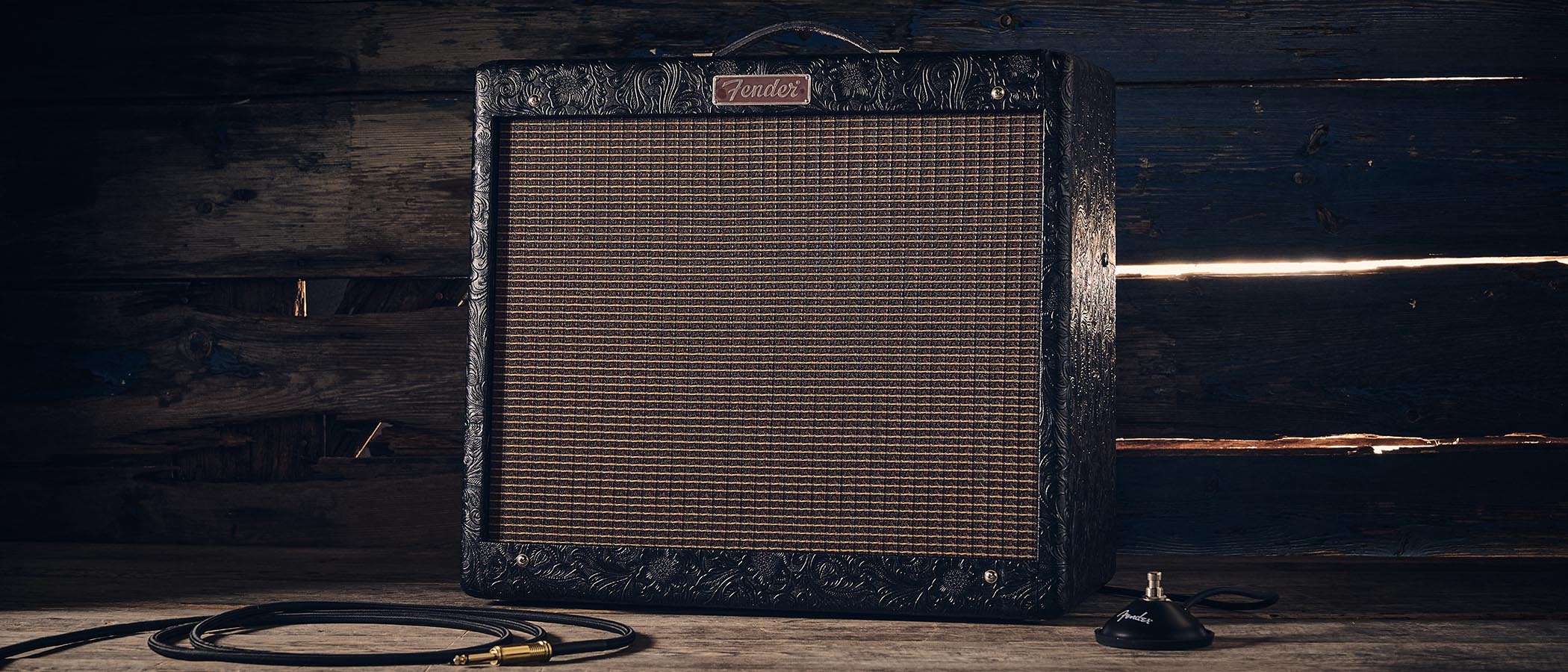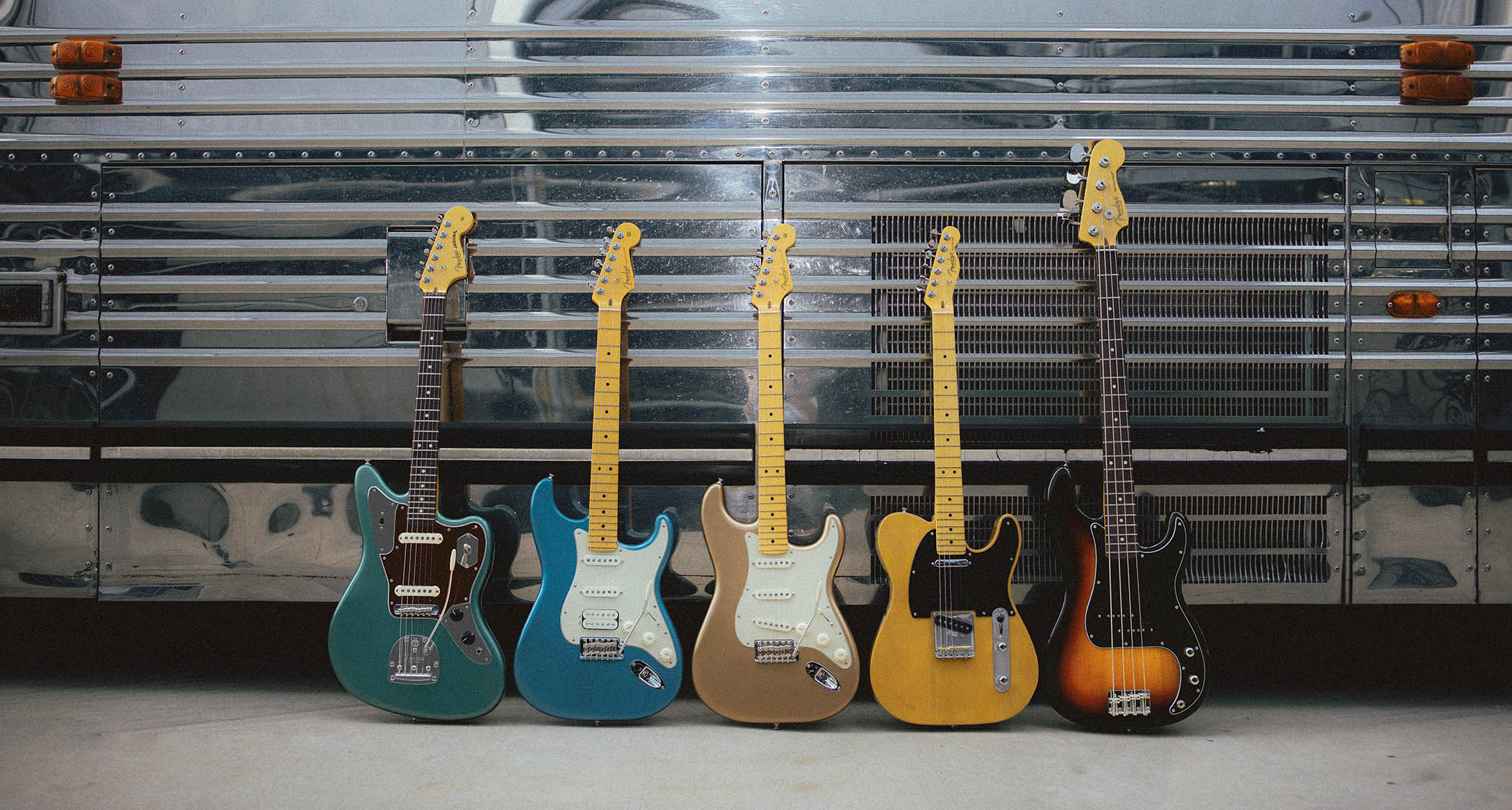Guitar World Verdict
No matter what your personal preferences and tastes may be, it’s hard to deny how impressively this amp punches above its weight in terms of bold, authoritative tube tone. Its balance of practicality with great tone underscores its reputation as the standard-bearer against which to judge all small combo amps. May it enjoy many more anniversaries to come!
Pros
- +
Impressive full-bodied midrange through specific circuit tweaks.
- +
Upgraded Celestion Creamback A-type speaker.
- +
Spring reverb sounds better than ever.
Cons
- -
Some tidying up of the reverb leads could remove them from potential harm when stowing away the mains cable.
You can trust Guitar World
What is it?
Since its birth in 1995, the Fender Blues Junior has matured into the small valve combo to judge all others by. It found its niche as a cost-effective, all-tube, spring-reverb-equipped combo amp with the authentic Fender sound in a throw-and-go, pub-gig-sized format.
The amp’s inception serendipitously coincided with the winds of change blowing through guitar music at that time, away from the clinical and processed tones of the prior decade towards a looser, more organic flavour as heard in the US grunge movement and the UK’s Brit-rock scene. These sounds were well suited to the amp’s comfortable range of classic clean to ‘edge of break-up’ tones.
Judging by its popularity alone, it’s clear that the 15-watt 1x12 package found a niche in the amp world by balancing the factors of cost, loudness and portability without forgoing the famous clean tone that made the Fender sound the stuff of legend.
Critics over the product’s lifespan have occasionally made mention of sonic shortcomings, such as the potential to sound boxy and the ability to display some overly assertive high-end.
While it may be harsh to criticise an entry-level combo of this size for indeed being a small guitar amp, this latest version aims to improve the preamp circuit for fullness, and offers a premium Celestion A-type Creamback speaker, improving the performance within the existing cabinet.
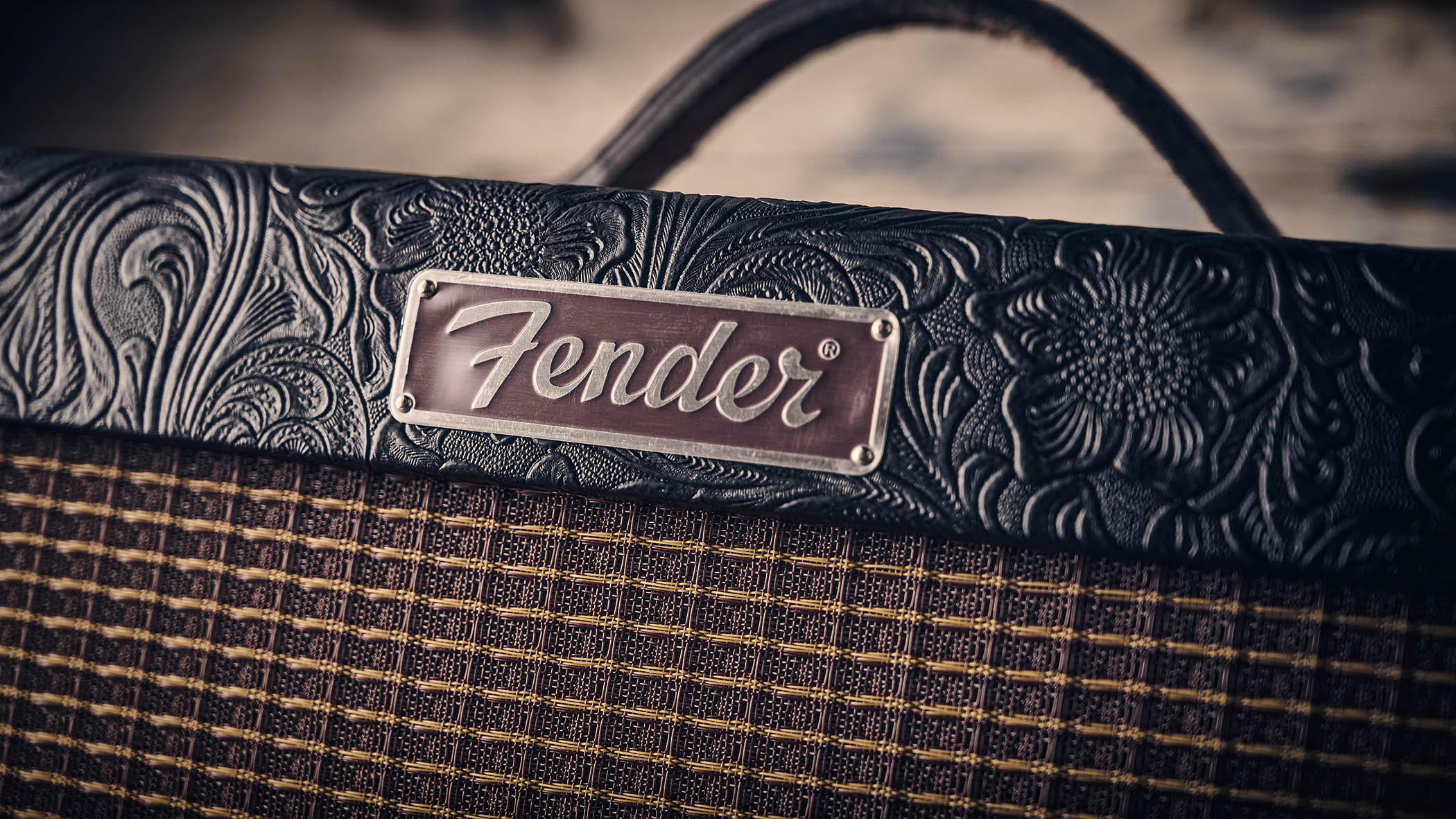
This diminutive standard-bearer has enjoyed four revisions and numerous special editions over its 30 years with some circuit improvements, numerous speaker models and a variety of cosmetic flourishes.
Fender has clearly built what it believes to be its best-in-class Blues Junior
So this particular celebratory and limited-edition amp is based on the mark IV incarnation (see spec list below), and Fender has clearly built what it believes to be its best-in-class Blues Junior.
All the latest guitar news, interviews, lessons, reviews, deals and more, direct to your inbox!
The valve line-up has remained constant since its inception with its trio of 12AX7s and the pair of EL84s. The use of this British output valve, also used to power the classic AC30, is often thought to impart a softer, chime-y quality and could contribute towards a rich midrange tonality.
Along with the Fat push-switch, the polished chrome top-panel features Reverb, Master, Middle, Bass, Treble and Volume controls, all topped with black plastic chickenhead knobs to complete the vintage styling.
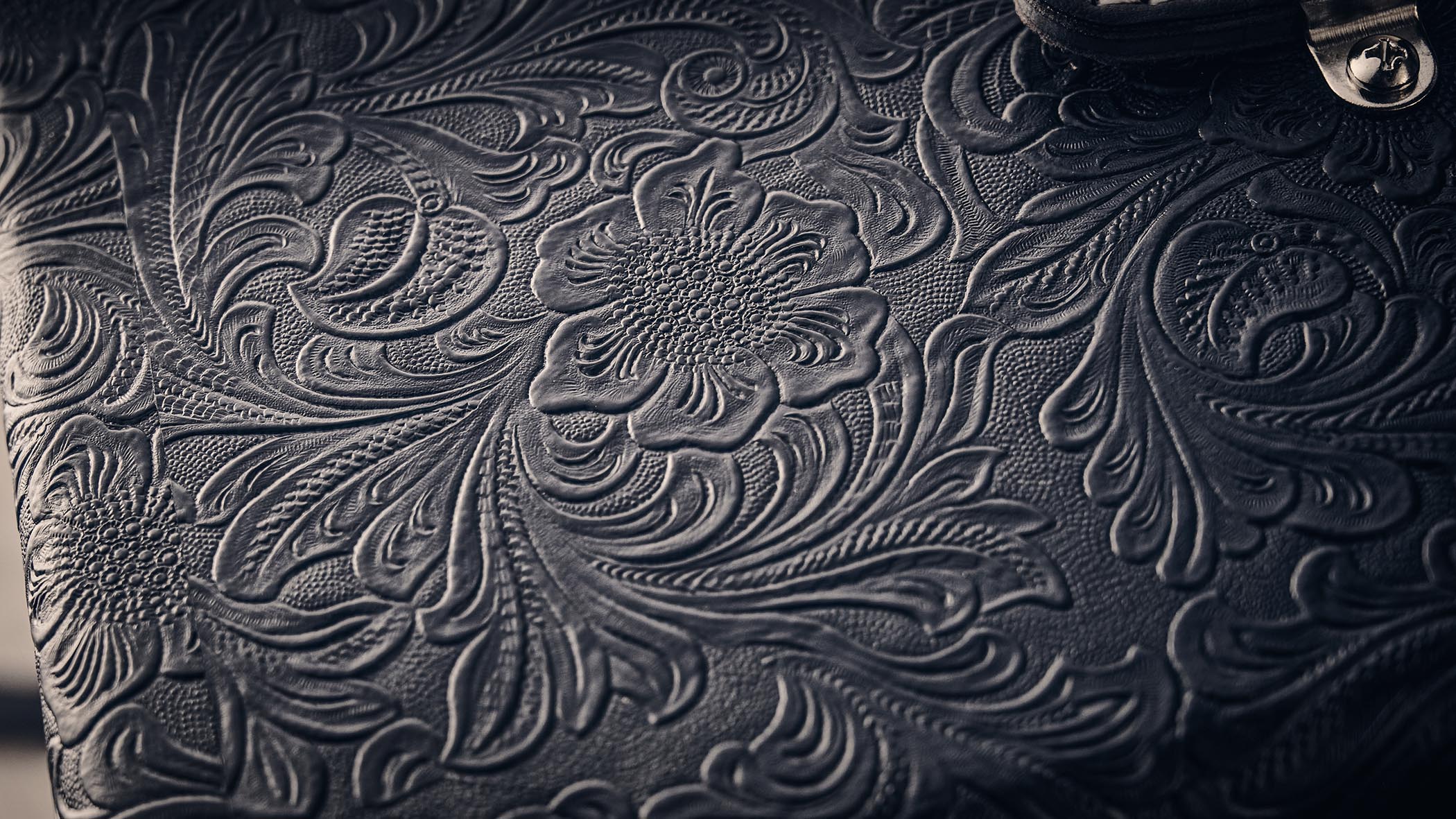
The vinyl bling of the patterned faux-leather covering – somewhat evoking the tooled leather of cowboy boots, perhaps, or other such country and western attire – is augmented by the stylish vintage leather handle. It’s certainly eye-catching!
Some construction details – such as the somewhat hidden position of the footswitch socket and a trailing loop of reverb cable in the rear recess – might require a modicum of care on gigs, though, so as to not unduly stress the components.
Specs
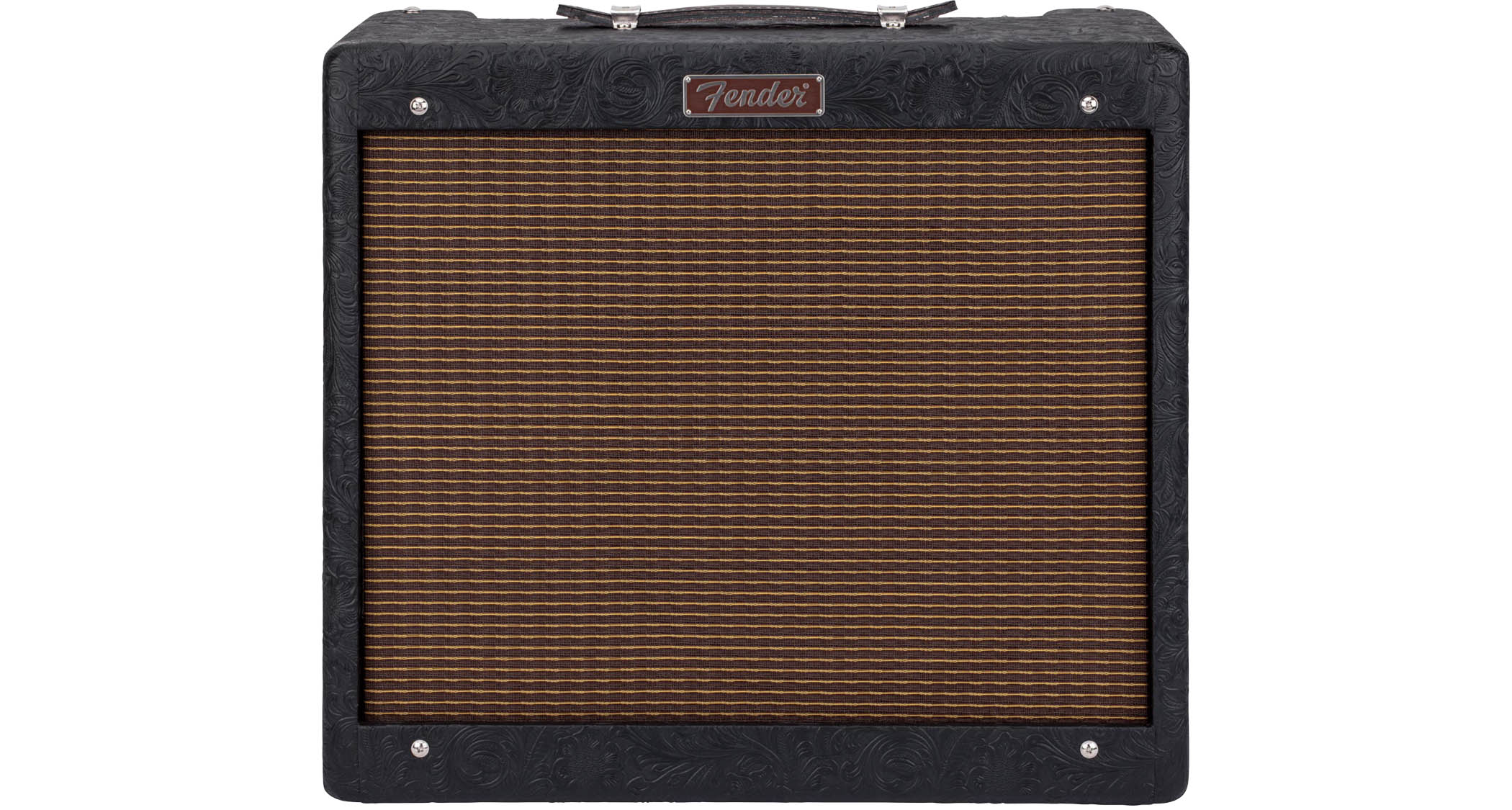
- PRICE: $1,049/£959/€989
- ORIGIN: Mexico
- TYPE: All-valve portable combo
- VALVES: 3x 12AX7, 2x EL84
- OUTPUT: 15W
- DIMENSIONS: 457 (w) x 249 (d) x 406mm (h)
- WEIGHT (kg/lb): 14/31
- CABINET: Particle board w/ ‘Black Western’ textured vinyl covering
- LOUDSPEAKER: Celestion G12M-65 Creamback 12”
- CHANNELS: 1
- CONTROLS: Reverb, Master, Middle, Bass, Treble, Fat switch and Volume
- FOOTSWITCH: 1-button footswitch included for Fat boost
- CONTACT: Fender
Usability and sounds
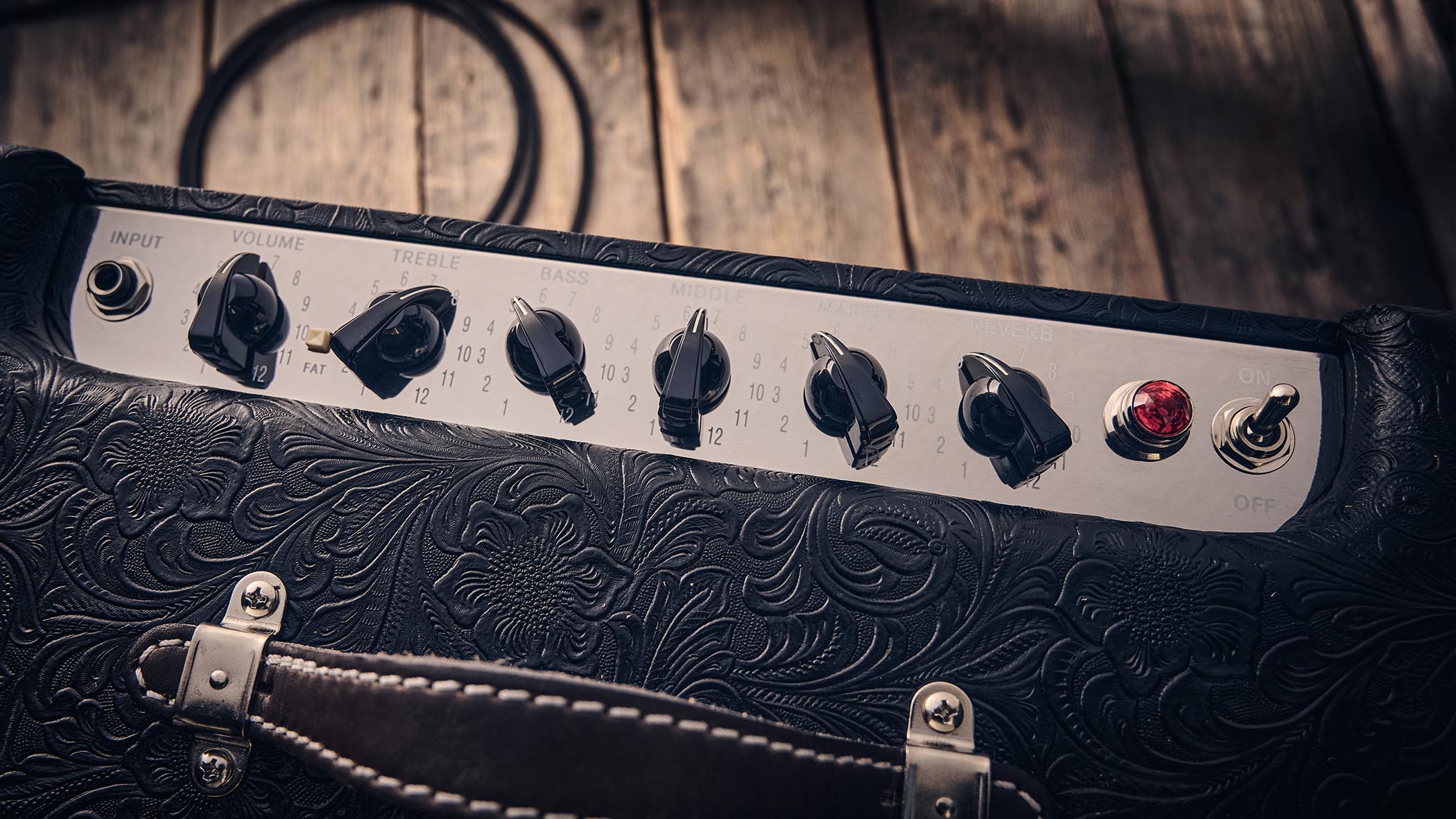
In a leap of faith we embarked, Junior and pedals in-hand, to play a smallish gig where the amp immediately received compliments in soundcheck for its rich tone.
The improved midrange response from the circuit and the speaker improvements impart a greater depth to vintage-output Stratocaster pickups than one might expect, adding up to a great playing response for fluid solos. The Fat circuit further opened up the hallowed gates of sustain.
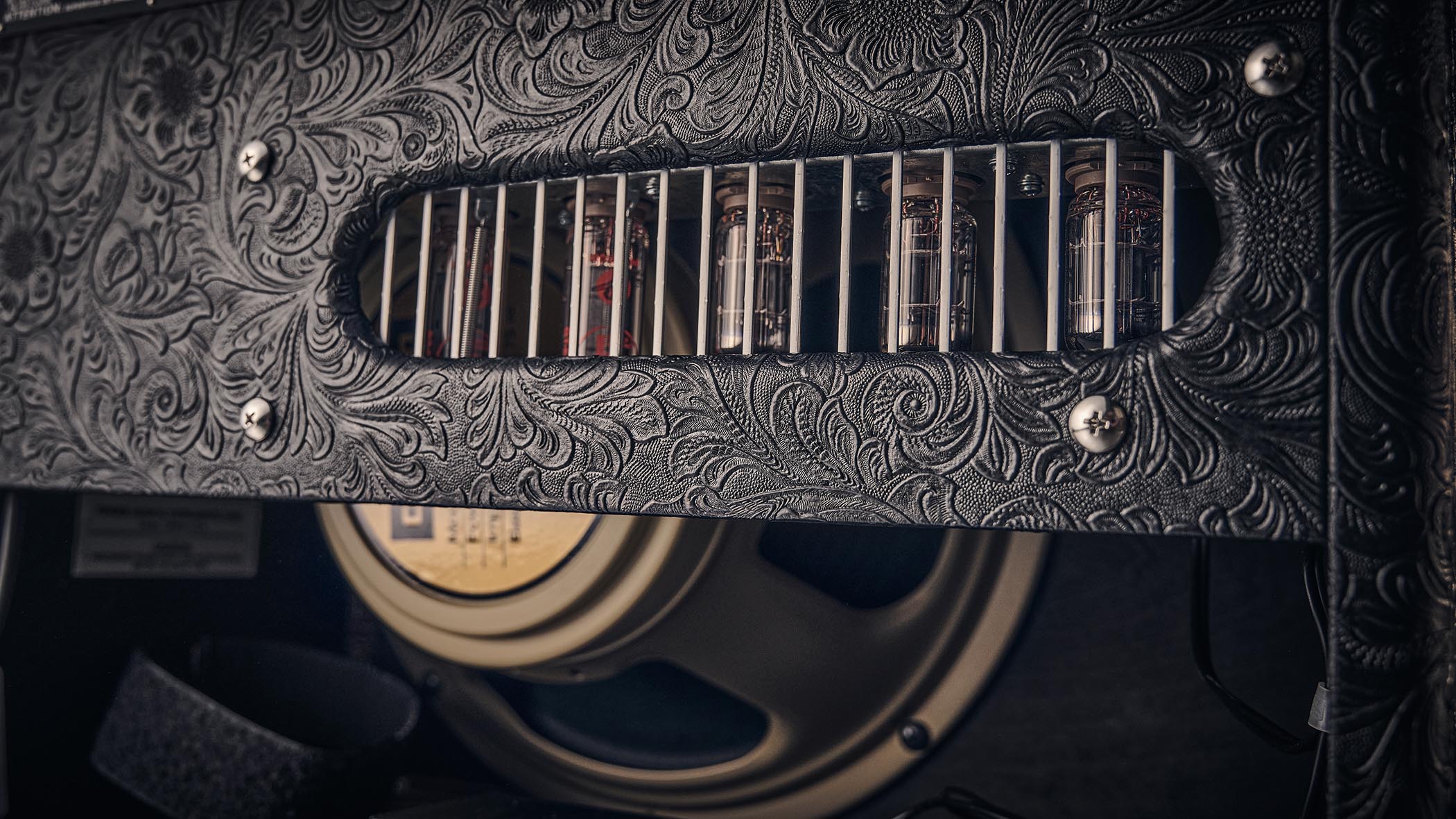
This amp seems most comfortable operating around the edge of break-up, a tone some lesser amps can struggle with. At high levels of gain the amp’s response will loosen (think Neil Young as opposed to Angus), so depending on your needs this could be just the ticket.
It’s fair to say there are some sounds that may inevitably fall outside of its comfort zone, and it’s unlikely to be replacing anyone’s 5150 for tight and chunky distortion.
That said, all good designs should fulfil a particular requirement and our small test-gig likely represents the kind of scenario it was conceived for.
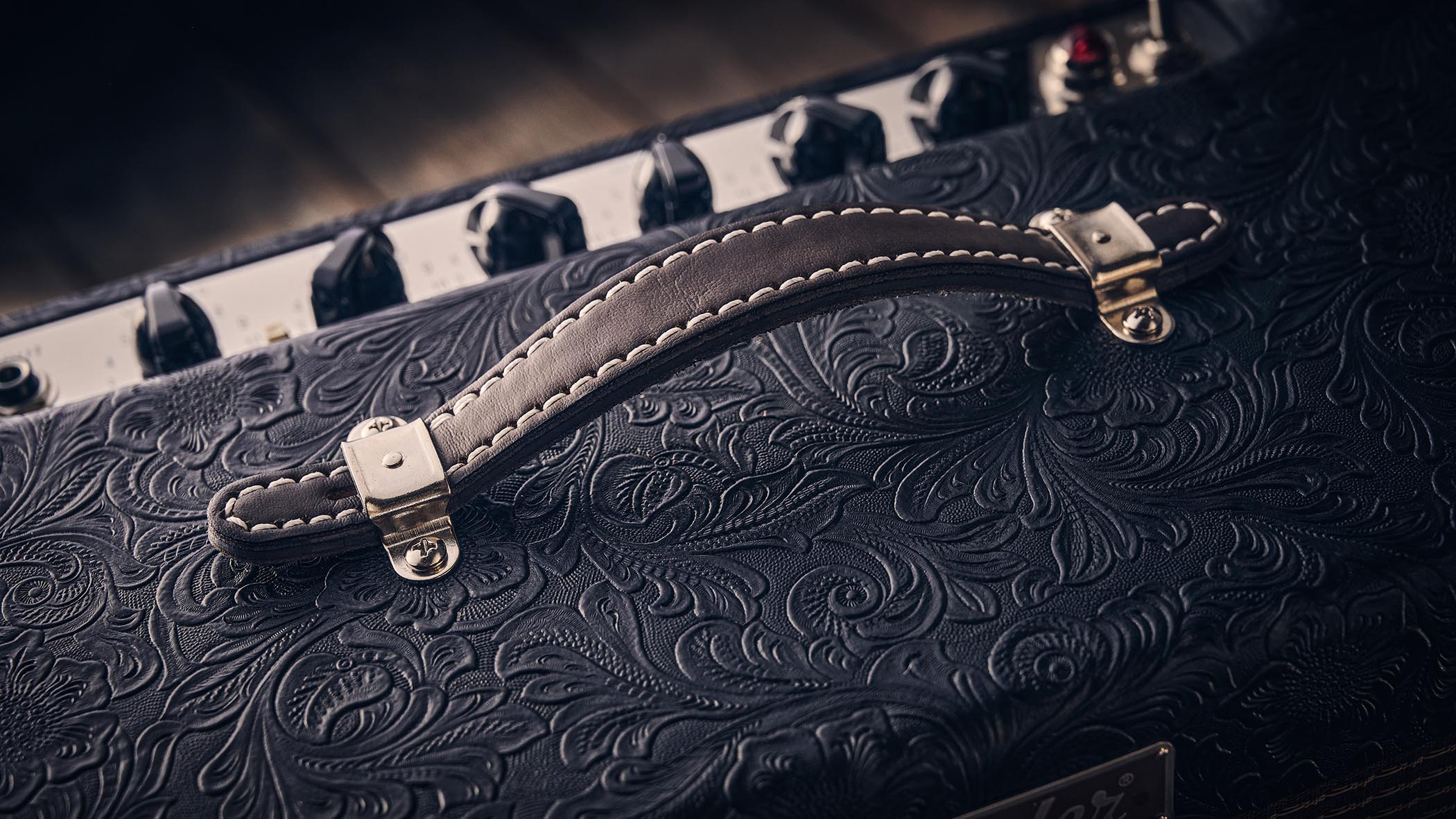
Switching to our traditional twin-humbucker guitar, the increased mids and power provided an opportunity to visit the EQ section for some tailoring. A little bass and gain reduction tightened up the response nicely, though deployment of the Fat switch might bring fewer benefits to guitars with higher output levels.
Dialling in the controls you notice a wide range of usable bass, which provides plenty of depth, even at higher settings. Experienced Blues Junior players will no doubt notice that the Treble and Middle controls deliver an appreciably softer top-end on this Anniversary edition than on previous models, which is again thanks to the preamp circuit refinements Fender has made.
A recommended setup tip is to place the master volume at a higher level than you might expect (this thing actually goes to 12!) and balance the channel volume and the guitar’s volume control in order to get the most responsive dynamics possible from the amp.
This approach allows the EL84 power valves to contribute more of their harmonic overtones, rather than depending on the preamp gain alone for your saturation needs.
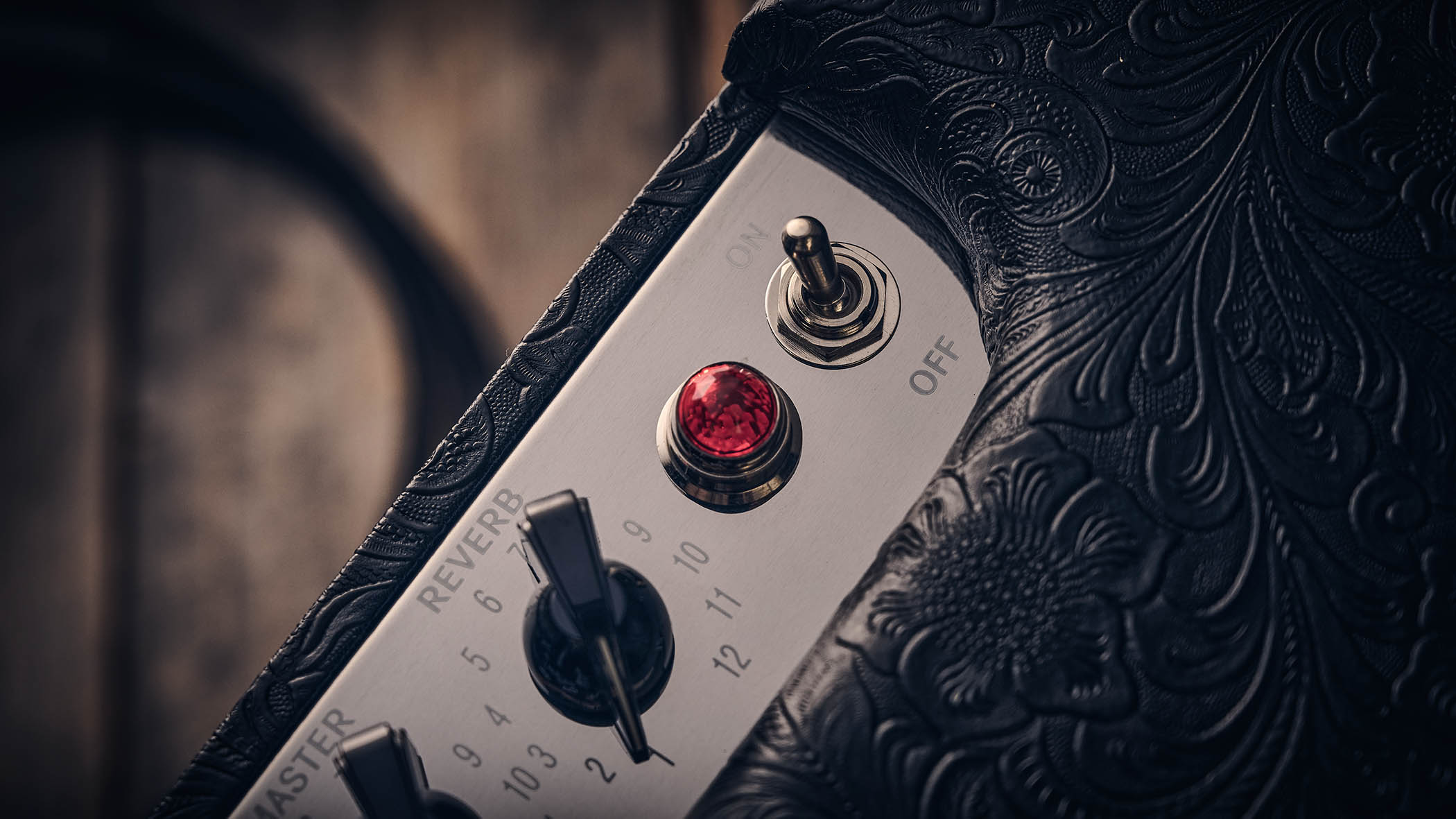
Particularly enjoyable is the improved smoothness of the reverb sound, especially in terms of dwell and response, and while perhaps not being the drippiest of ’verbs, it certainly sounded every bit the authentic springy Fender tone.
The reverb’s position in the circuit has moved from its previously noisy location after the master volume, to a quieter location for a welcome improvement to signal-to-noise ratio.
In accordance with Fender’s reputation for producing pedal-friendly hosts, this amp presents no exception. It really shines when fed by a quality overdrive pedal, although with its relatively modest headroom and power-handling, it may be prudent when using gain pedals to select types that have less bottom-end so as to not overly tax the amp with energy-sapping low frequencies.
Verdict
Verdict: ★★★★½
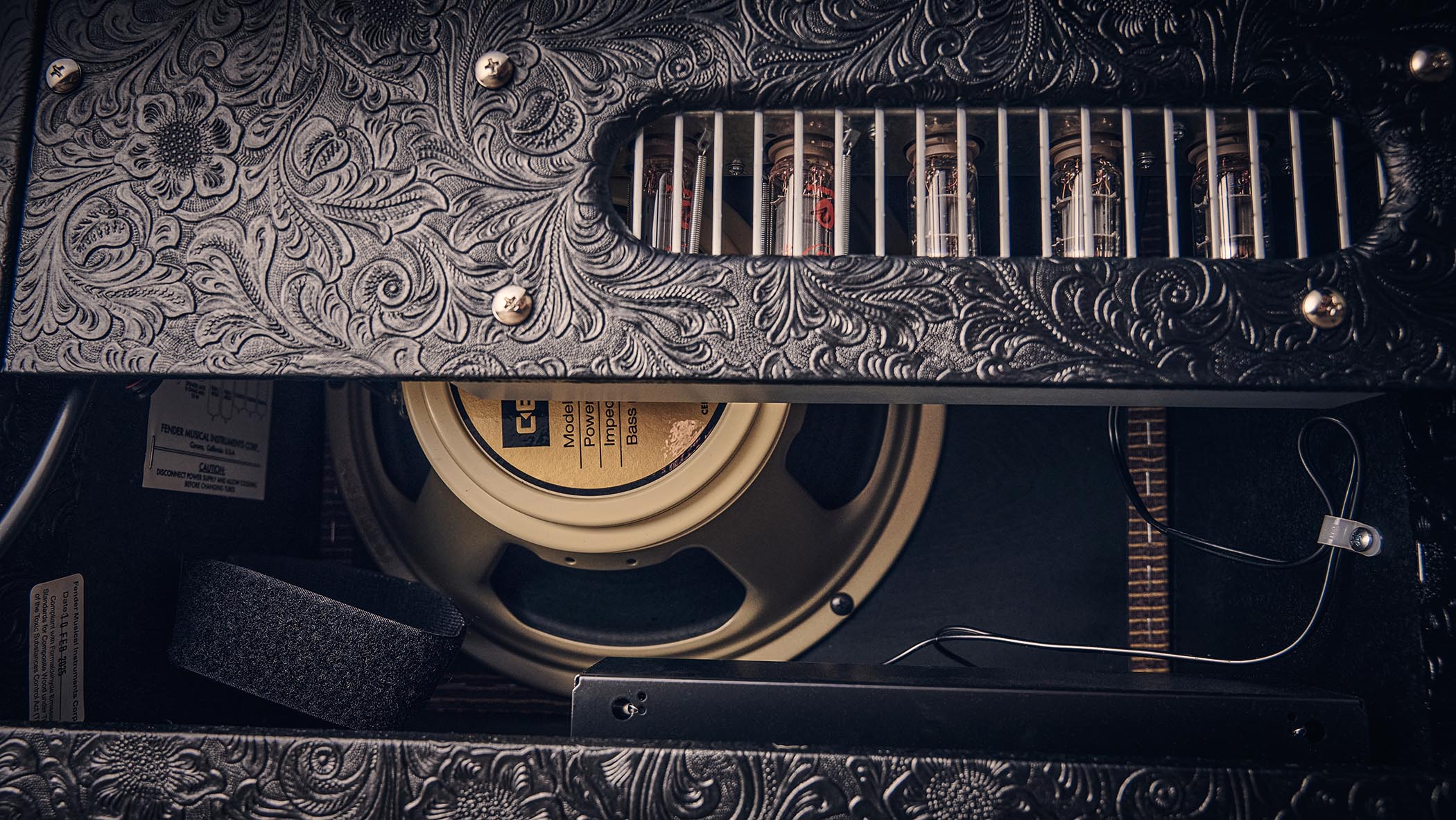
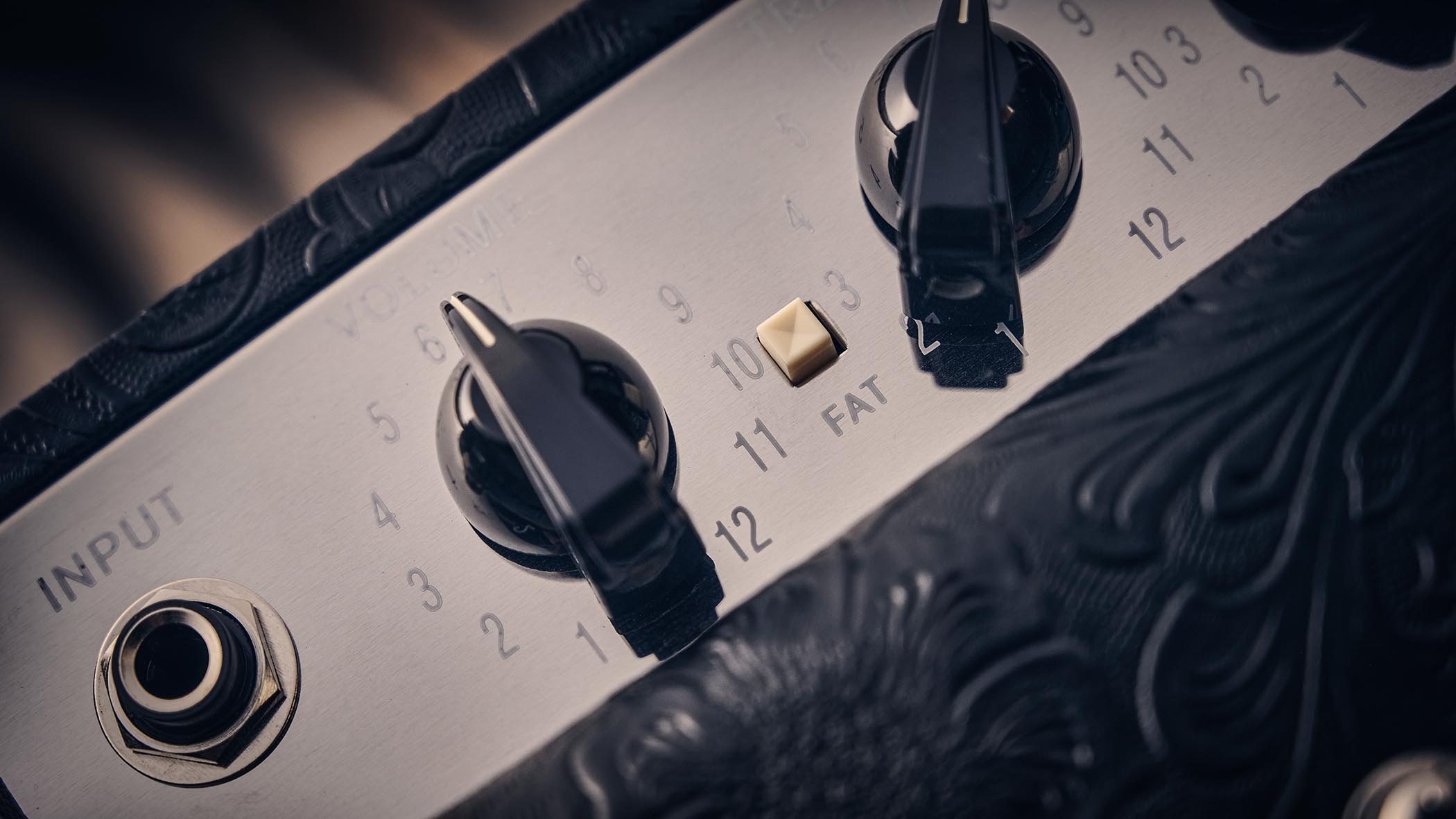
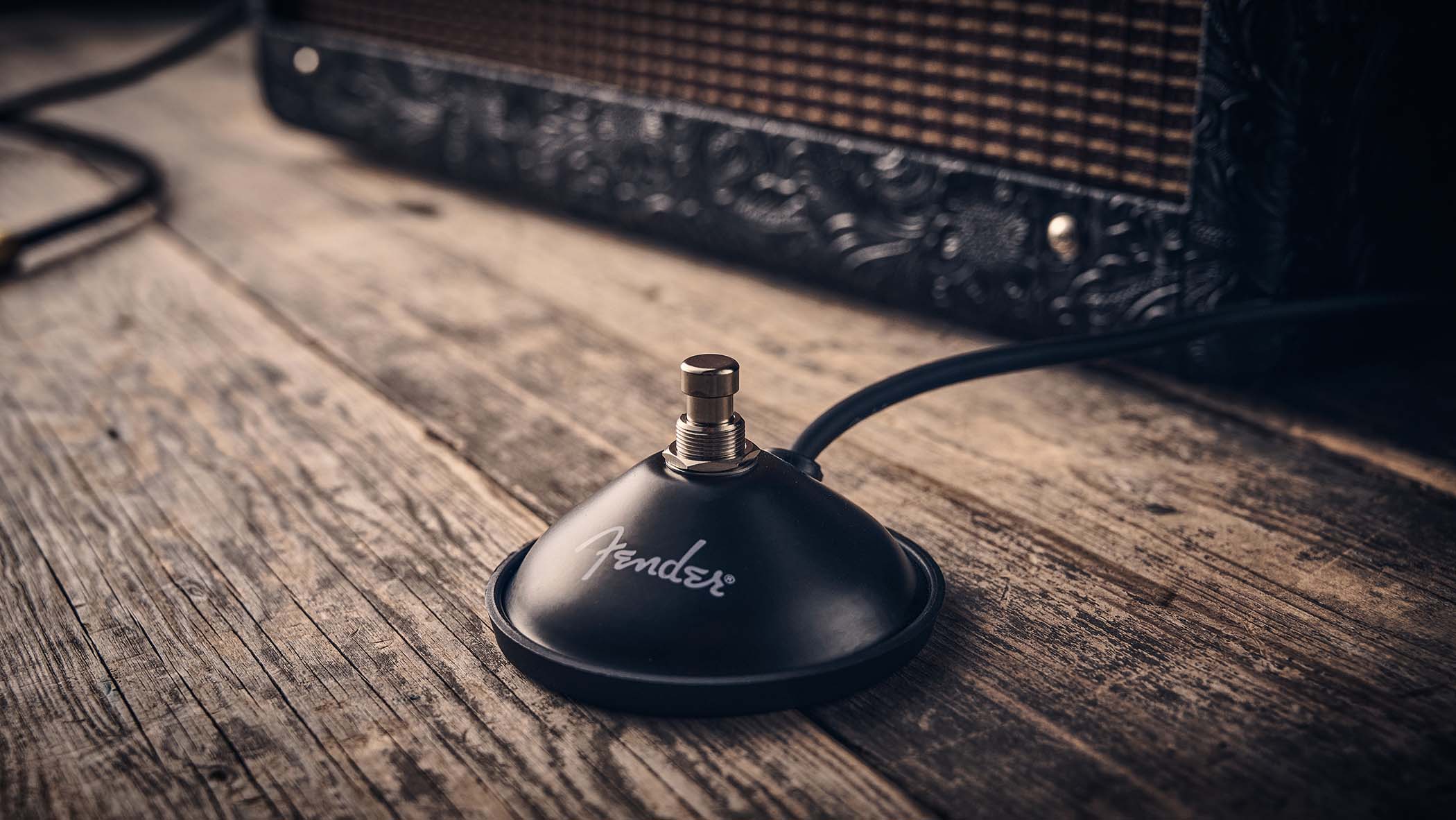
Fender has marked this 30th anniversary of the Blues Junior with a player-pleasing set of improvements that really do make an appreciable difference to the quality of tone on offer.
The reverb now shines clearly, with the improvement to the noise floor and its smoother-sounding top-end
The modifications made to both the preamp and reverb circuits, in addition to the upgraded speaker, have brought out a richer, more responsive presentation from the amp, putting some inspiring air under your soloing wings, so to speak.
The Fat switch offers the kind of mild boost one might normally expect to be provided by a light overdrive pedal or coloured boost, for instance – potentially saving you from carrying an additional pedal. And the reverb now shines clearly, with the improvement to the noise floor and its smoother-sounding top-end.
Guitar World verdict: No matter what your personal preferences and tastes may be, it’s hard to deny how impressively this amp punches above its weight in terms of bold, authoritative tube tone. Its balance of practicality with great tone underscores its reputation as the standard-bearer against which to judge all small combo amps. May it enjoy many more anniversaries to come!
Hands-on videos
Guitarist

Fender
PMTVUK
In addition to reviewing gear for esteemed publications Guitarist and Guitar World, Martin produces bands and artistes including Jarvis Cocker, Richard Hawley and Mercury-prize winning Ben Ottewell (Gomez). As a professional guitarist for 40 years, Martin has toured with luminaries including Groove Armada and Skid Row.
Recreating sonic history continues to be a chronic fixation and Martin regularly broadcasts his exhaustively researched tone-chasing content to a YouTube community of Edward Van Halen devotees.
You must confirm your public display name before commenting
Please logout and then login again, you will then be prompted to enter your display name.
